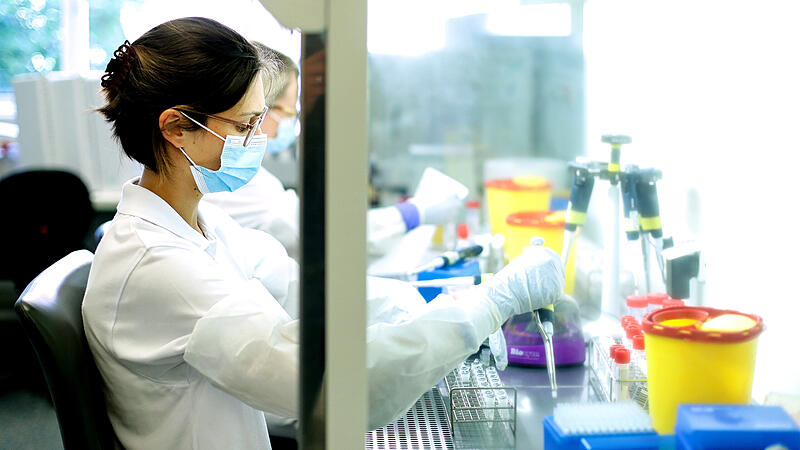Deaths have been registered since Thursday twelve. At the same time, there were 6,271 new infections, 435 fewer than the previous day and almost 1,300 fewer than last Friday. The number of intensive care patients is also declining, and 73 seriously ill people are currently being cared for.
The 6,271 new infections are below the weekly average of 6,371 positive tests per day. At the seven-day incidence per 100,000 population, 494 cases were recorded. As of Friday, there were a total of 88,574 active cases, down 1,707 from the previous day. 97 deaths have been reported in the past seven days, that’s 14 a day. So far there have been 4,776,787 positive test results in Austria. According to figures from the Ministry of the Interior and Health, 19,177 people with a SARS-CoV-2 infection have died and 4,669,036 have recovered since the beginning of the pandemic.
PCR tests: positive rate of 10.4 percent
There have been 60,029 meaningful PCR tests since the previous day. The positive rate of 10.4 percent is above the average of the past seven days (7.9 percent). Most new infections were reported in Vienna with 2,102. Then comes Lower Austria with 1,505 cases, Upper Austria (715), Styria (665), Tyrol (325), Carinthia (310), Salzburg (279), Burgenland (239) and Vorarlberg (131).
The effective number of reproductions, which indicates how many other people an infected person is currently infecting, was 0.85. This is the result of the estimate published on Friday by experts from AGES and TU Graz. A week ago, the value was still at 0.94. The number of cases newly diagnosed every day is at an increased level in all federal states, it is emphasized. However, this is declining, leaving the daily rate of increase for August 3 in negative territory at minus 3.7 percent.
Popper: “Short-term relief”
According to scientists, the sheer number of new infections is no longer meaningful enough since the number of tests dropped in the summer. However, it has been shown that the hospital coating and the virus signal in the wastewater analyzes are also falling, albeit “not to the same extent” as the number of positive tests, explained the Viennese simulation researcher Niki Popper on Friday in the Ö1 “Morgenjournal”.
The expert now sees “a short-term relief. But the overall level remains very high and here you also have to look in the hospitals, is it because of Covid or is it with Covid. So here we have to differentiate further so that we don’t are flying blind.” That doesn’t mean “that you have to test everyone now in order to have a good perspective,” he emphasized with a view to autumn.
However, it must be considered whether “we actually still want to model the system dynamics” and continue to look at the dashboard. Or do we focus on the number of hospitals, as the EU disease control agency ECDC recommends, for example? The decision lies with politicians – and this decision should ideally have been made “the day before yesterday”, said Popper when asked. The “discussion between the federal and state governments is, I think, no longer so easily bearable for all of us as citizens,” the simulation researcher noted.
This interactive graphic is disabled
Please activate the category targeting cookies in your cookie settings to view this item. My cookie settings
Source: Nachrichten




